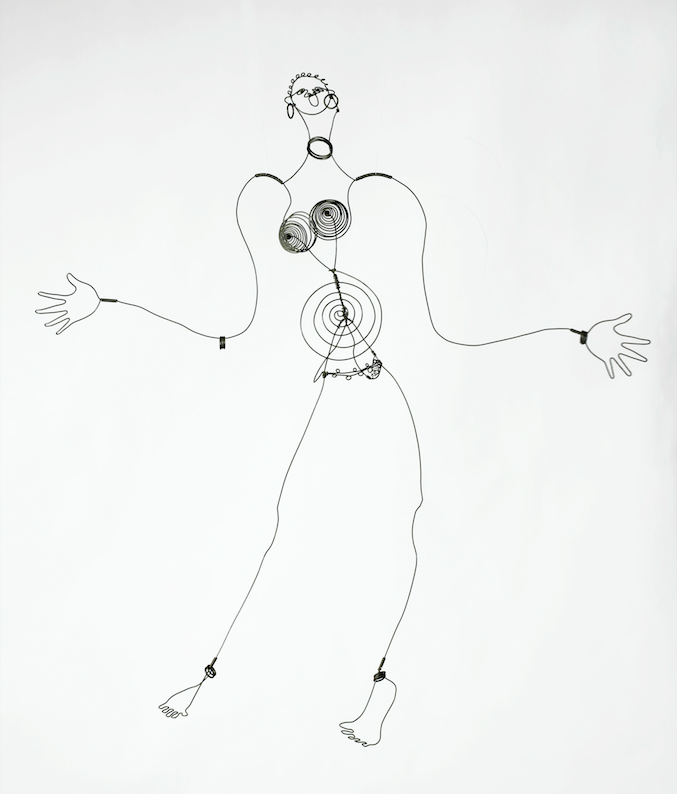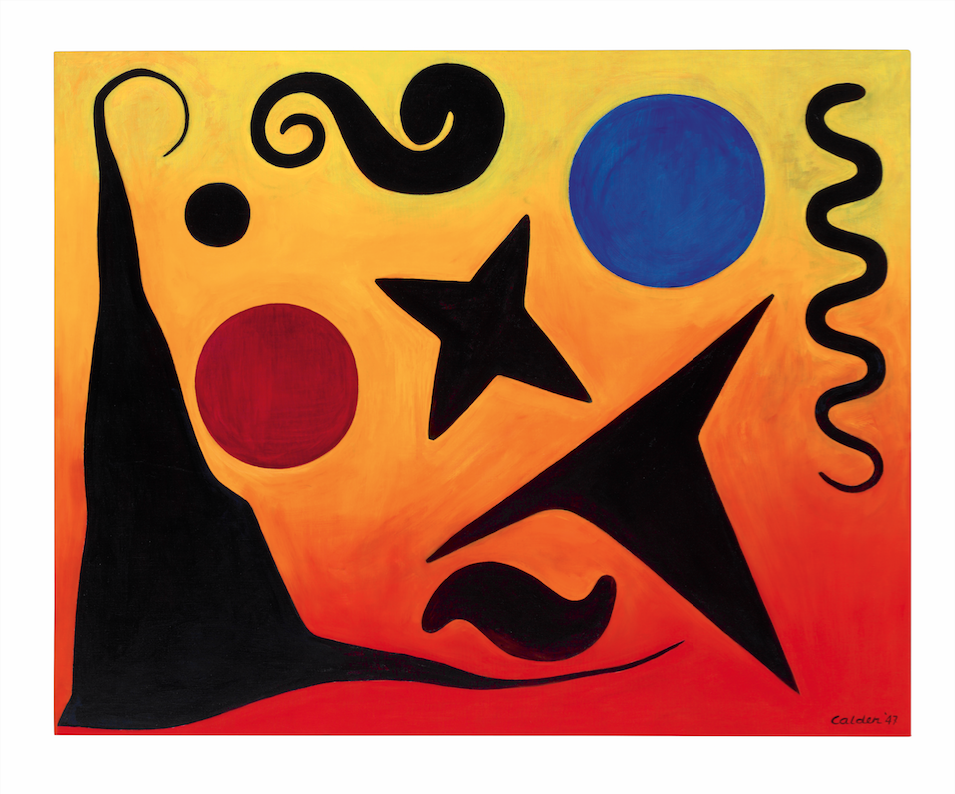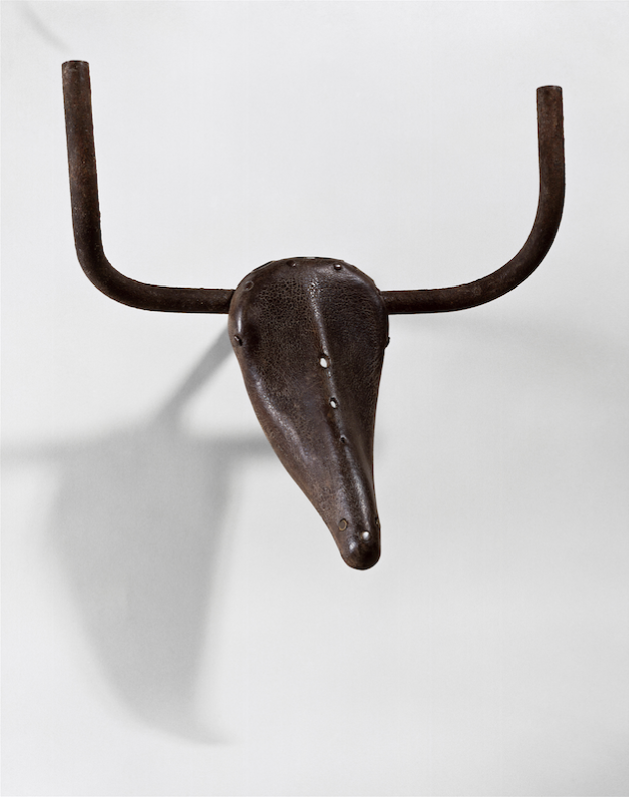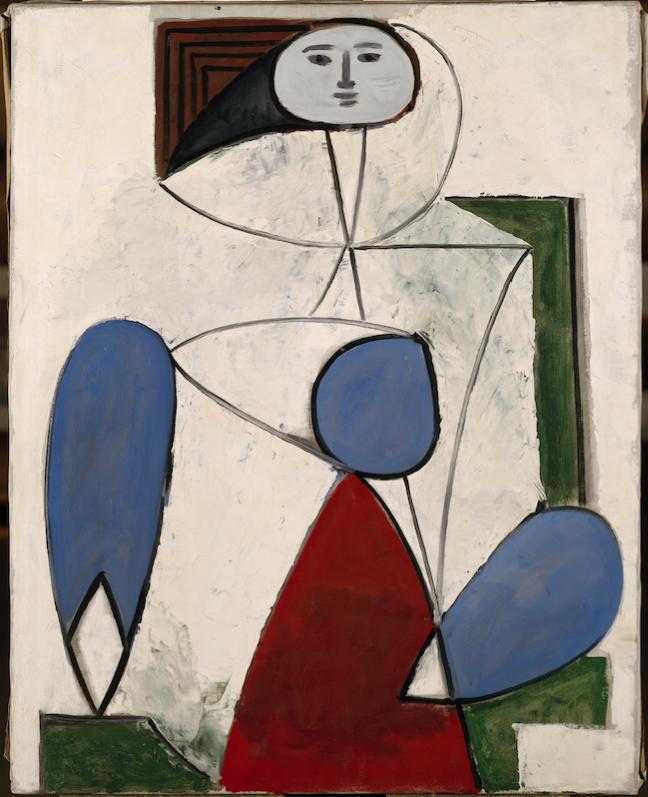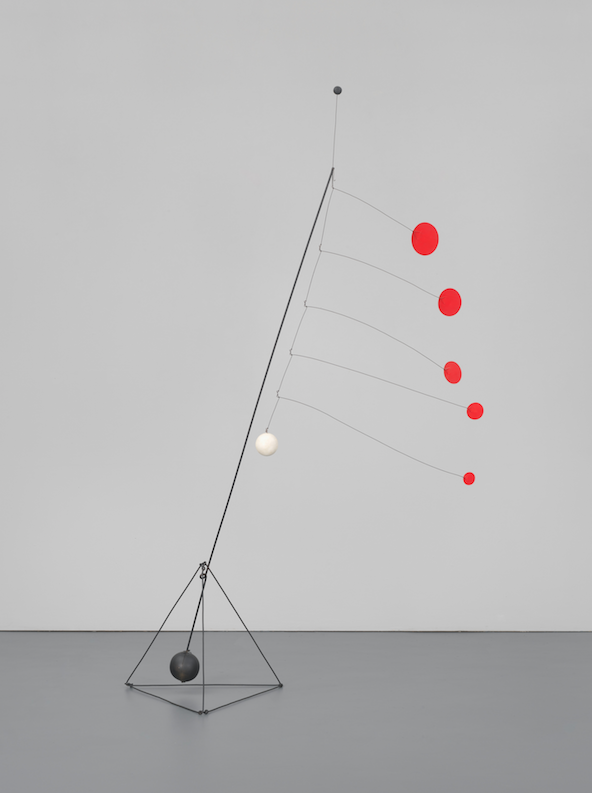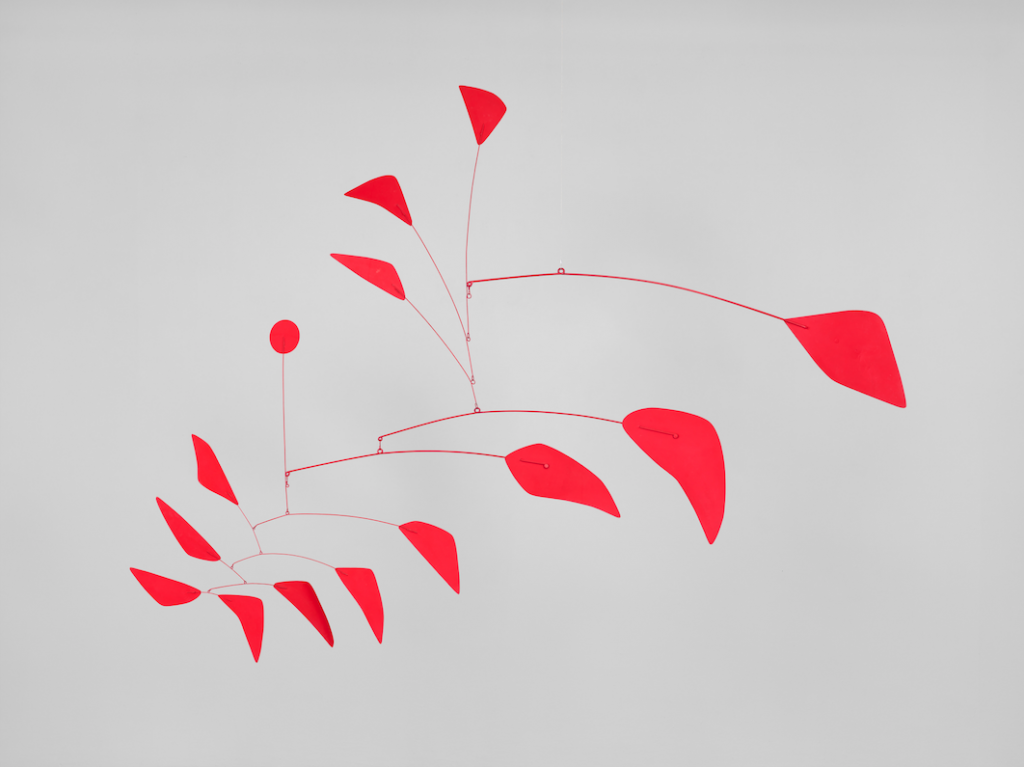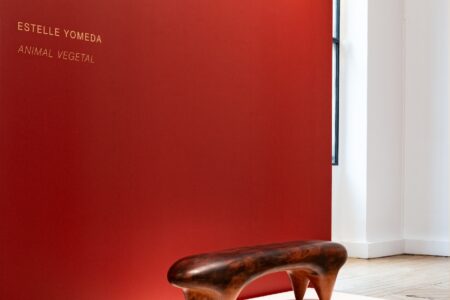Examining the Void at ‘Calder-Picasso’
Two giants of the the twentieth-century art world are put side-by-side to examine their use of ‘the void’ in the current exhibition ‘Calder-Picasso’
The Musée National Picasso Paris celebrates two of the most seminal figures in twentieth-century art: artist Pablo Picasso and American sculptor Alexander Calder. The exhibition was the initiative of the two artists’ grandsons who sought to show the deep respect Calder and Picasso shared for one another. The exhibition, simply entitled Calder-Picasso, draws many parallels between the two artists who both pioneered new ways of perceiving and depicting the world around them. In particular, the exhibition focuses on ‘the void’ or ‘the absence’ that was a recurring theme and method in both their works.
The representation of non-space is seen in the 120 works on display. Calder’s wire sculptures, which he developed from 1926 onwards after his move from New York to Paris, are a clear example of this subtraction and absence. Calder’s frame-like sculptures such as Ball Player (1927) and Aztec Josephine Baker (1930) are “drawings in space” that capture a sense of movement and action through simple yet expressive lines that were sculpted into forms. Similarly, Calder’s iconic mobiles play with space and the laws of physics. The kinetic sculptures constantly reconstruct the space they exist in by occupying and not occupying the space.
Picasso’s interpretation of the void is more abstract. His Tête de Taureau [Bull’s Head], created in 1942 shows ideas of reduction and subtraction. With ready-made parts of a handlebar and saddle, the artist represented the animal in the most simple, pared-back and abstract form. While his paintings deal with abstraction and geometric voids.
By pairing the two artists together a dialogue between the works unfolds. Whether in drawings, sculpture, mobiles or paintings of Calder and Picasso, what is not there defines the artwork. Absence and negative space adding gravity to the components present, ideas explored and subjects portrayed.
‘Calder-Picasso’ will be on display at the Musée National Picasso Paris until August 25. Following this, the exhibition will be on display at Museo Picasso Málaga from September 23, 2019, to February 2, 2020.
Cover image:
Alexander Calder,
Mobile, c. 1937
Wood, sheet metal, rod, string, wire, and paint
27″ x 71″ x 21″
Finnish National Gallery, The Museum of Contemporary Art,Helsinki
© 2019 Calder Foundation, New York / ADAGP, Paris
Pablo Picasso,
Projet pour un monument à Guillaume Apollinaire, Paris, October 1928
Iron wire and sheet metal
14 11/20″ x 3 9/10″ x 7 1/2″
Musée national Picasso-Paris, Dépôt au Centre Pompidou, Musée national d’art moderne,Paris
© RMN-Grand Palais / Béatrice Hatala © Succession Picasso 2019
